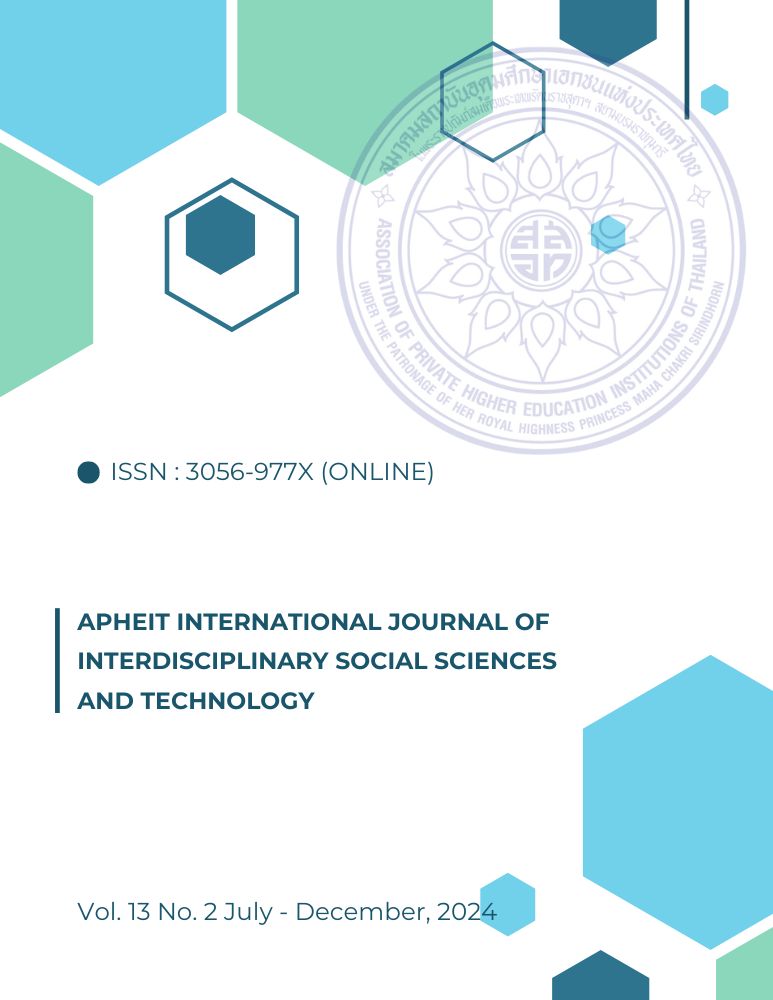COVID-19 and language representation: reading non-fictional narratives of Thailand’s COVID-19 infected
Keywords:
First wave COVID-19, Thai news, New Materialisms , Posthumanism, Close-reading.Abstract
This study examines how COVID-19 was signified and represented during the first wave of the pandemic in Thailand through narratives of selected COVID-19-infected individuals, published between March and April 2021. These cases served as stark reminders to the Thai public about the dangers of COVID-19 and its ease of transmission. Simultaneously, they reflected how COVID-19 influenced social beliefs in Thailand. Using a new materialist reading approach, this paper analyzes the narratives of the first-wave COVID-19 cases, exploring how the meanings and functions of the virus were constructed and transformed. The findings suggest that COVID-19 is represented not merely as a physical disease but also as a signifier of fear and danger in Thai media. This representation served to amplify public concern and promote stronger societal collaboration in combating the pandemic.





